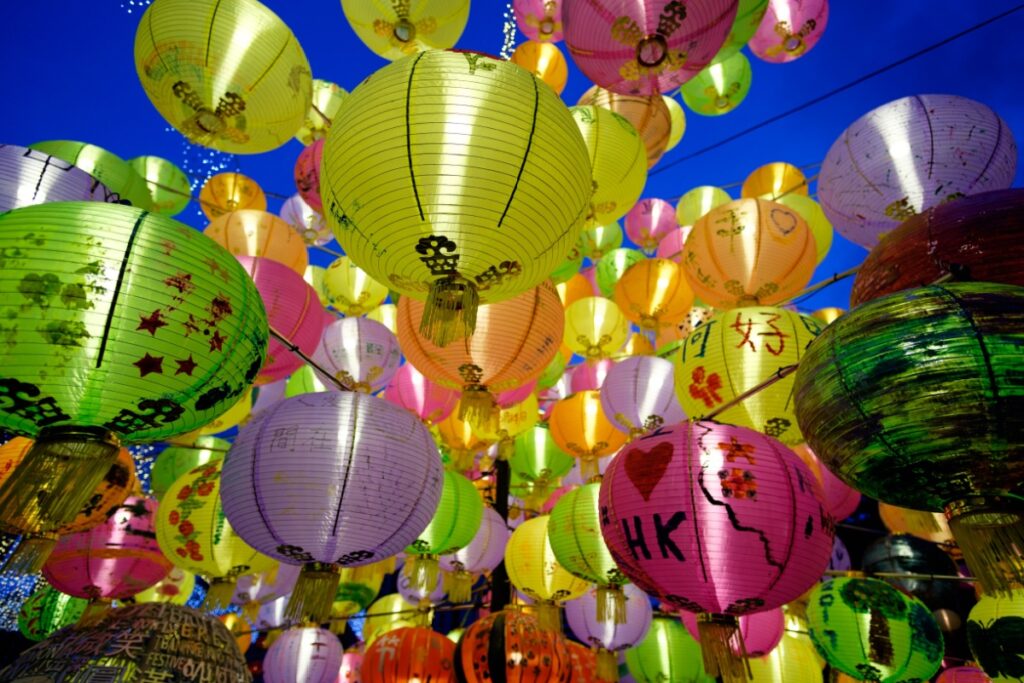Record Travel and Strong Revenue Figures
During China’s Golden Week, authorities reported a major rebound in domestic tourism, with 888 million domestic trips made over the eight-day holiday period, according to the Ministry of Culture and Tourism. Revenue from tourism soared to 809 billion yuan (approximately $113.5 billion USD), marking a 1.8% increase in trip volume and a more robust 7.6% rise in spending compared to the same holiday period last year. While these headline numbers suggest a resilient recovery, deeper patterns reveal significant stress under the surface.
Beyond national statistics, many localities leaned into promotional campaigns and subsidies to mobilize travel demand. Some provincial tourism boards rolled out incentives covering transportation, hotel discounts, and meal vouchers. The acceleration in movement was also aided by generally cooler weather across many regions, further encouraging travel. Yet, despite the uptick in flows, a growing number of lodging and service providers found themselves undercut by intense competition, eroding profitability even amid high occupancy.
Deep Price Cuts Undermine Profit Margins
Across key destinations, hotel and lodging operators aggressively slashed room rates to attract customers. In Chengdu, for example, operators reported that they only reached full occupancy after discounting rates by nearly 60%, highlighting a fundamental tension between volume and revenue per room. In metropolitan hubs such as Shanghai, Nanjing, and Qingdao, average nightly rates declined by more than 20%, with some rooms in Chengdu offered for as low as 81 yuan (about $11 USD) per night.
In Qingdao, lodging managers observed a sharp downturn in demand immediately following October 6, the final day of the Mid-Autumn Festival. To fill unbooked inventory, they resorted to steep temporary cuts reaching as much as 60% off regular pricing. Many smaller or lower-tier hotels, seeking to remain competitive, adopted similar discounting tactics, especially in regions off the beaten path. These dynamics reveal a cutthroat environment in which gaining guest share often comes at the expense of financial viability.
The so-called “discount arms race” extends beyond hotels. Restaurants, tourism vendors, and entertainment attractions also offered vouchers, meal deals, and tied packages, often bundling services at deep discounts. Some travel agencies sold bundled “all-in” holiday packages at negligible margins, hoping additional upsells might salvage profitability.
Slower Spending and Consumer Caution
Despite surging foot traffic and bookings, consumer expenditure per traveler appeared subdued. Analysts estimate that average spending per tourist remains about 3% below pre-pandemic levels. This disparity hints at more cautious spending behavior among consumers, even as mobility resumes. Retail and catering sales, a key barometer of overall consumption, grew by only 3.3% year over year during the early days of the holiday, a modest pace given the surge in tourist numbers.
Household sentiment continues to face pressure from broader economic challenges. Persistent deflationary trends, a cooling property market, and issues such as youth employment have dampened confidence and limited appetite for more discretionary spending. Many families appear to be tightening budgets, choosing less expensive lodging, avoiding premium experiences, or travelling closer to home. These shifts further constrain the ability of the tourism sector to fully monetize demand.
Moreover, the uneven recovery reveals a geographic divide. First-tier cities and popular scenic regions drew more spending, while secondary or rural destinations saw travelers hunting bargains and using budget accommodations. Those latter areas often have fewer options for high-yield services, leaving local providers particularly exposed to margin compression.
Sectoral Risks and Wider Economic Implications
The clash between revival in traveler numbers and shrinking margins underscores an underlying fragility in China’s post-pandemic rebound. Over the years, expansion in the number of hotels, growth in shared accommodation platforms, and aggressive marketing by online travel agencies have heightened competition. Many operators now find themselves in a position where price cuts become essential to capture bookings, yet each discount chips away at sustainability.
While Golden Week reaffirmed the scale and coordination of China’s travel infrastructure and domestic mobility, observers caution that prolonged price erosion may inflict long-term damage. Smaller hotels, independent inns, and rural operators with limited balance sheets could face insolvency under sustained discounting. In turn, that consolidates the market in favor of larger chains or platforms better able to absorb short-term losses.
The proliferation of price pressure also invites broader macroeconomic risks. As consumer service pricing weakens, it can feed into overall disinflationary forces, complicating efforts by policymakers to stabilize inflation and support growth. Furthermore, if businesses increasingly rely on discount-driven traffic, the result could lead to overcapacity, underinvestment in service quality, and long-term degradation of the tourism offering.
In parallel, industry watchers are keeping an eye on policy responses. Some local governments may consider subsidies, tax relief, or destination marketing lifts to stabilize the sector. At the same time, strategic pivots toward higher-end tourism, experiential offerings, or niche markets may emerge among more resilient firms seeking to escape pure price competition.


